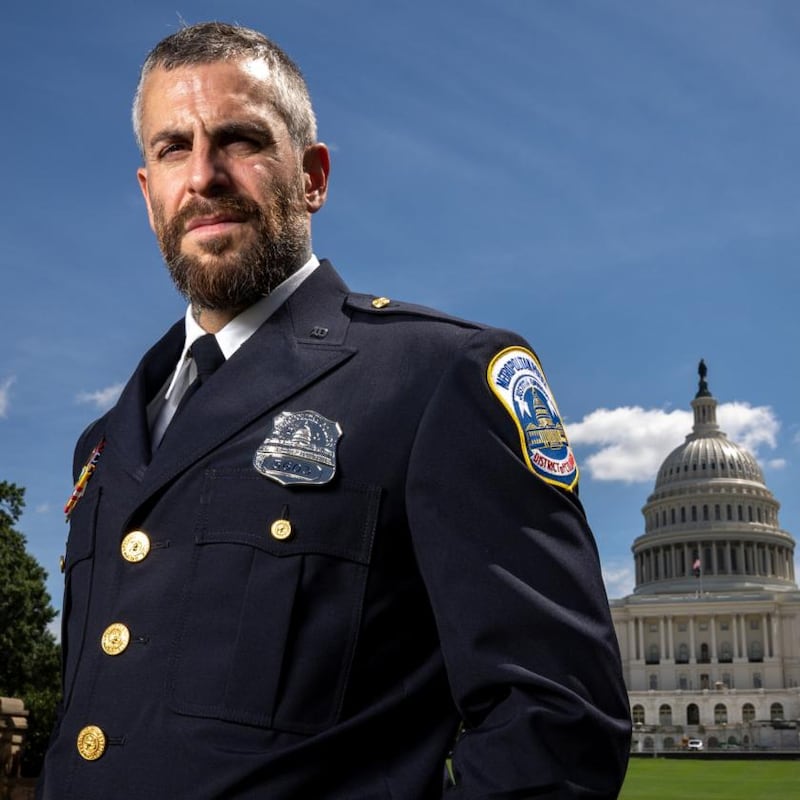There was a temptation, from this side of the Atlantic, to dismiss the January 6th invasion of the United States Capitol building, in Washington, DC, as merely a closing scene of the Donald Trump freak show. Four Hours at the Capitol (BBC Two, Wednesday, 9pm), Jamie Roberts's extraordinary new documentary about the storming of the bastion of American democracy, forces us to reconsider that opinion.
His incredibly tense film uses social-media footage, CCTV and police bodycam videos to lay bare the degree to which US democracy was jeopardised as Trump, claiming victory in last November’s presidential election to have been stolen from him, whipped his supporters to a violent frenzy. And to show that, had things played out a little differently, the assault could have destabilised the United States and caused huge loss of life. (As it was, five people died either shortly before, during or after the event.)
Four Hours at the Capitol is shocking, gut-punch film-making. It begins on the morning of January 6th, as the United States Congress gathered to certify the election of Joe Biden. Trump holds a rally at the Washington Monument at which he tells supporters, “If you don’t fight like hell you’re not going to have a country any more.”He then urges them to march on the Capitol Building, which they do.
This is a breathtakingly visceral film that conveys how seriously the January 6th rioters threatened the United States' dearest values
We see the protesters, chanting Trump’s name and “1776” – the year George Washington rebelled against the British – making their way to the Capitol. “It looks like soldiers because we are soldiers,” one yells at passers-by.
The marchers expected to be turned back. But security was astonishingly lax. So up the steps they went. And soon they were walking the halls of Congress. “All hell broke loose,” says one witness. “It’s sheer bedlam. Nobody cares about law or anything like that. It’s awesome. Holy s**t.”
Within the building, terrified political staffers locked doors and hid under tables. Leah Han, an assistant to Nancy Pelosi, the speaker of the House of Representatives, breaks down as she recalls crouching in the dark. “Are they going to torture us? Am I going to get raped?” she wondered.
In the congressional chambers, politicians were in a daze. Some wanted to flee, others to stay and fight. “I was not going to die on the f**king floor of the House of Representatives,” says Ruben Gallego, a Democratic congressman and military veteran.

A short distance away, police were struggling to keep rioters out of the tunnel that leads to the promenade where presidents are sworn in. It was like Spartans holding the line at the Thermopylae.
One officer, Mike Fanone, was dragged out and almost lynched. “I started getting Tasered at the base of my skull. It was excruciatingly painful,” he says. Had he not told the rioters that he had children he probably would have been killed, he believes.
This is a breathtakingly visceral film that conveys how seriously the rioters threatened the United States’ dearest values. “I remember being freaked out seeing those buses,” says Gallego, as he recounts plans to evacuate the politicians.
“President Trump would declare martial law. You wouldn’t see the certification ever take place, and he would stay in power,” he says. “In coups, when you leave the capital you’ve lost.” He stayed. And the US, somehow and just about, endured.












